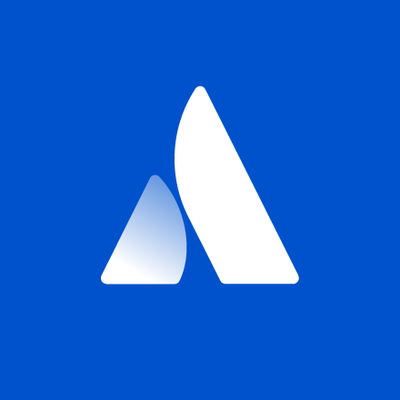
Atlassian Product Designer Case Interview (Engineering org) — Cross‑product planning for Jira and Confluence
This live, collaborative case simulates how Atlassian designers work embedded in engineering squads that build Jira and Confluence. Candidates are asked to scope, explore, and communicate a solution to a real Atlassian‑style problem, with an emphasis on customer impact, async collaboration, and designing at enterprise scale. Sample prompt used in the session: "Design a lightweight Quarterly Planning experience inside Jira that helps distributed teams set goals, link work to Confluence pages, and keep stakeholders aligned — while respecting permissions and enterprise admin controls." What the interview covers (and how it maps to Atlassian’s culture and products): - Problem framing and customer empathy: Identify primary users (e.g., project leads, engineers, program managers), their jobs-to-be-done, and pains in Jira/Confluence. Show how you’d validate assumptions using customer interviews, support tickets, and analytics (don’t #@!% the customer). - System thinking and cross-product integration: Model how issues, epics, roadmaps, and Confluence pages connect; consider smart links, search, notifications, and how information flows between tools. Call out dependencies with Bitbucket/Trello where relevant. - Enterprise realities: Address permissions (project, space, and page-level), data residency, audit trails, and admin configuration. Propose safe defaults and progressive disclosure for power users. - Remote-first, async collaboration: Show how teams co-create in Figma/Miro but land decisions in Confluence, track status in Jira, and use comments/mentions for async decisions (Team Anywhere norms). - Craft with the Atlassian Design System (ADS): Sketch low/medium-fidelity flows using ADS components (navigation, tables, lozenges, icons, tokens). Prioritize clarity and information hierarchy over pixel polish. - Edge cases at scale: Handle large programs (10k+ issues), pagination/virtualization, performance, conflict resolution when multiple editors update the same plan, and offline/error states. - Accessibility and global readiness: Meet WCAG 2.1 AA, keyboard navigation, high-contrast states, internationalization, and time zone handling for global teams. - Data-informed decision-making: Define success metrics (e.g., time-to-first-plan, % issues linked to goals, search-to-click conversion on smart links), guardrail metrics (latency, error rate), and an experiment plan (gradual rollout, feature flags, A/B in production). - Collaboration with PM and Eng: Make tradeoffs explicit (scope v1 vs. vNext), call out technical constraints, and propose an incremental delivery plan that a squad could ship. What we evaluate during the session: - Clarity of problem definition and prioritization (can you separate must-haves from nice-to-haves?). - Quality of interaction flows and information architecture for Jira/Confluence contexts. - Ability to reason about permissions, admin needs, and enterprise compliance. - Communication style that is open, direct, and collaborative; receptiveness to feedback. - Pragmatism: bias to deliver value iteratively without compromising customer trust. Expected artifacts and behaviors in-session: - Whiteboard or Figma-level sketches of the primary flow (create plan → link goals → connect issues → share/notify → track progress). - A simple Confluence-style outline capturing decisions, risks, and follow-ups. - A short readout that ties design choices to metrics and Atlassian values. Minute-by-minute guide (flexible): - 0–5: Prompt read, context questions, define users and goals. - 5–20: Explore solution space; outline IA and key flows; identify risks. - 20–40: Sketch primary UX; detail edge cases (permissions, errors, scale). - 40–50: Define metrics, rollout, and experiment plan; discuss ADS usage. - 50–60: Critique and iterate based on interviewer pushback; summarize tradeoffs.
8 minutes
Practice with our AI-powered interview system to improve your skills.
About This Interview
Interview Type
PRODUCT SENSE
Difficulty Level
3/5
Interview Tips
• Research the company thoroughly
• Practice common questions
• Prepare your STAR method responses
• Dress appropriately for the role